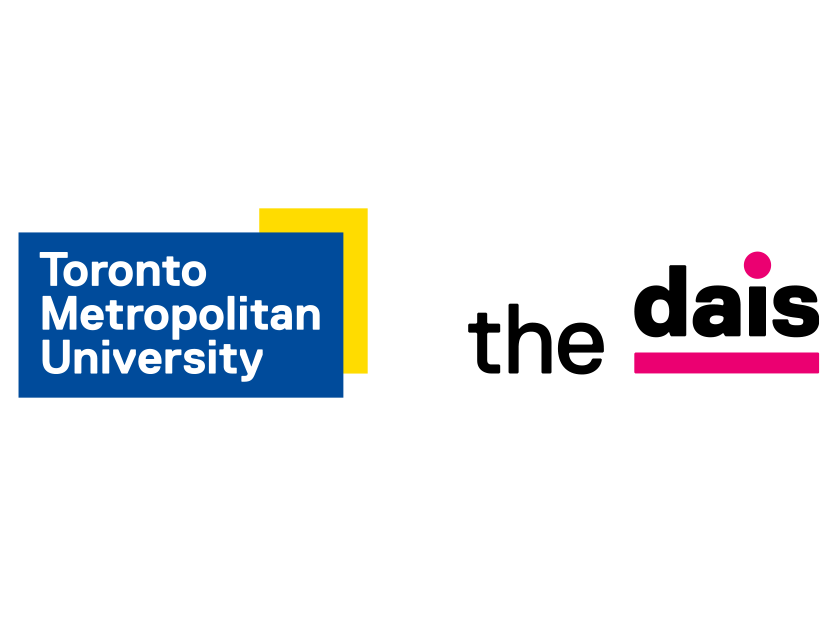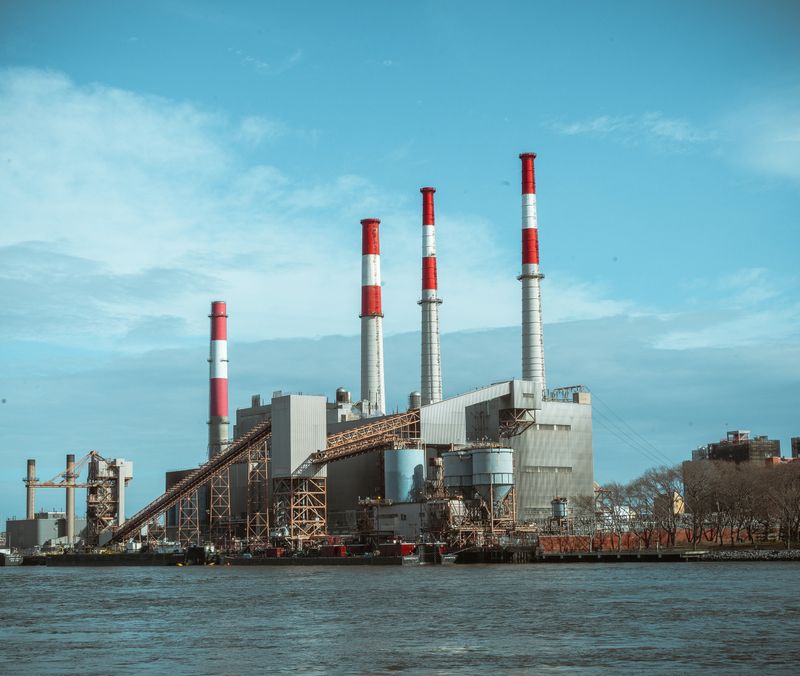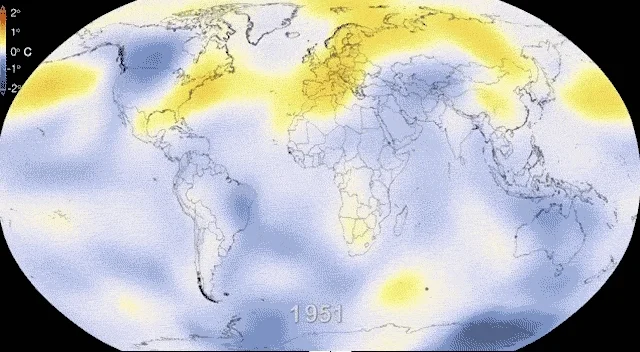
Over the past decades, average global temperatures have been rising.
If our planet gets too hot, food and drinkable water will become limited, many plant and animal species will go extinct, more extreme weather events will happen, and humans will not be able to live healthy lives.
But here's the good news: we can take action to change this!
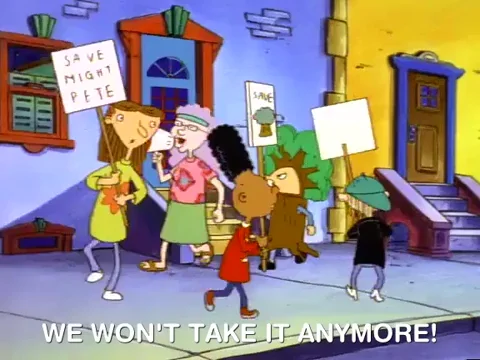
What are the causes of climate change?
To address global warming, we first need to understand why it's happening.
Global warming is caused by an increasing concentration of greenhouse gases in the Earth’s atmosphere, which traps more heat from the sun and causes temperatures to rise.
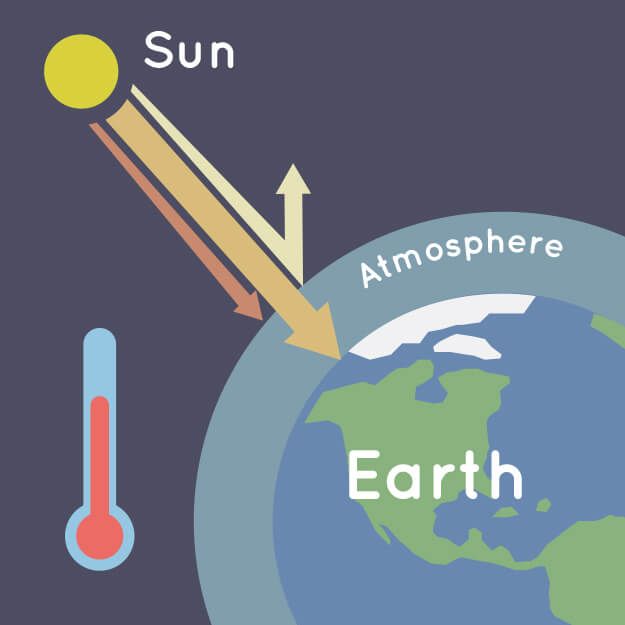 Image courtesy of NASA
Image courtesy of NASA
A big chunk of greenhouse gases are a result of human activity, especially from the production and burning of fossil fuels.
How can we reduce greenhouse gas emissions?
One solution to reduce greenhouse gas emissions is to redefine our model of production and consumption by creating circular economies.
The goal of a circular economy is to minimize waste and pollution (reduce, reuse, recycle!) and take only what we need to ensure that natural resources are available for generations to come.
 Image courtesy of The Business Standard
Image courtesy of The Business Standard
A big part of this process is moving away from fossil fuels and towards clean energy sources, which allows us to reduce our greenhouse gas emissions as a society.
What is the Just Transition?
Changes in our economies and societies will impact people’s lives in different ways and to different extents.Ensuring a Just Transition means that no one is left behind as countries move towards greener, circular economies.
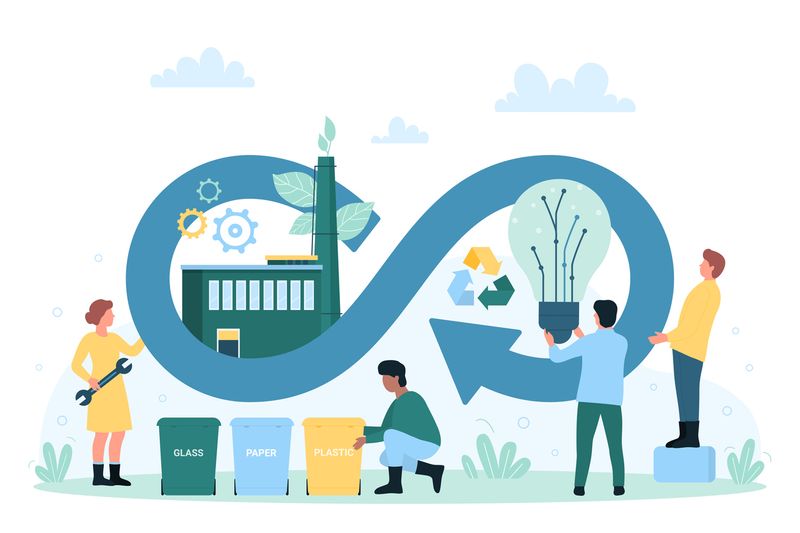 Image courtesy of Flashvector via Vector Stock
Image courtesy of Flashvector via Vector Stock
In other words, all individuals, communities, countries, and regions should have the resources and opportunities to thrive in these new realities.
Let’s use examples to understand what the Just Transition looks like in practice.
Quiz
Which communities might face more barriers to reducing their greenhouse gas emissions?
Consider Giovanni's story
Let’s imagine Giovanni works at a refinery where crude oil gets transformed into petroleum-based products, such as gasoline.
As we transition to greener societies, there will be less demand for gasoline and Giovanni may lose their job.
A Just Transition ensures that Giovanni receives training and support to get a job in a sustainable sector, such as renewable energy.
The government and employers should ensure that these programs are accessible to all, particularly to historically marginalized communities who often face extra barriers to access resources and opportunities.
 Image courtesy of Vectormine via Dreamstime
Image courtesy of Vectormine via Dreamstime
Consider Amari's story
Let's imagine Amari lives in a rural area.
Her community has little access to electricity, so she relies on kerosene lamps to light her home at night.
Kerosene lamps pose a fire hazard and health concerns since they pollute the air inside the house.
A Just Transition ensures that Amari has access to renewable and accessible energy sources.
Multiple stakeholders can work alongside communities to fund and implement solar projects. For example, governments and companies can subsidize solar lanterns or home solar kits to make them more accessible.
 Image courtesy of Viktoria Kurpas via iStockPhoto
Image courtesy of Viktoria Kurpas via iStockPhoto
Why does the Just Transition matter?
The Just Transition is important for many reasons, but here are three reasons that stand out:
Ensures power and resources are well distributed so that everyone can continue to contribute to society in meaningful ways at home, in their jobs, or in the community.
Promotes transparency and inclusion, which shows people that their voices are heard and their needs are prioritized.
Engages all people in climate action and in building a more sustainable future!
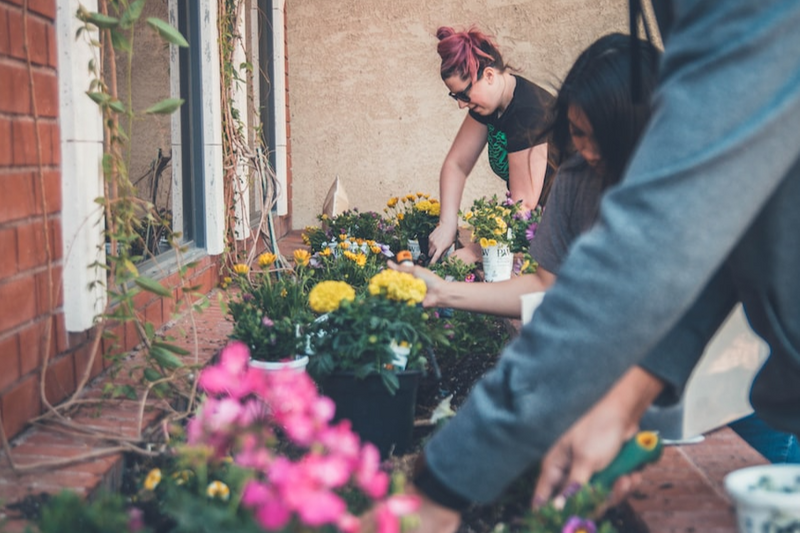
Quiz
What are some ways you can help promote the Just Transition in your community?
Take Action

Here are some ways you can take action to promote a Just Transition:

Your feedback matters to us.
This Byte helped me better understand the topic.
